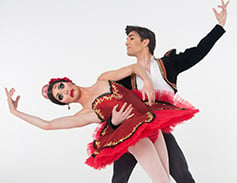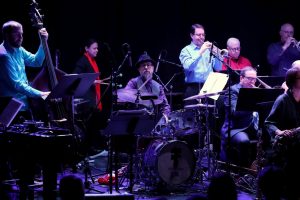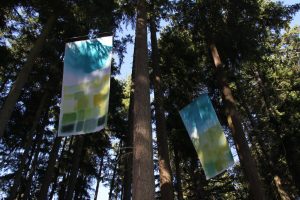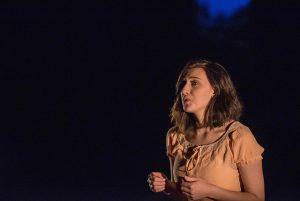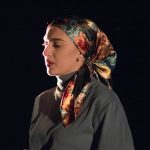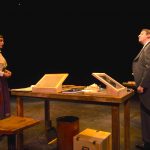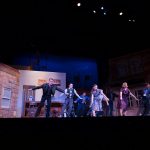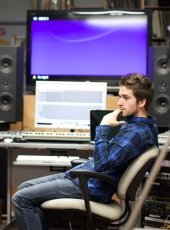 Steve Green (BA Sound Design 2014) initially started at Michigan Tech as a geology major. After two years, he realized it wasn’t his passion, so he transferred into the sound design department at Tech. “Tech has a very thorough sound design department that allowed me to learn what I needed to graduate, as well as learn my own skill set that went toward my career path. I think some of my most memorable experiences were with my professors, Dr. Jared Anderson, Josh Loar, and Chris Plummer.”
Steve Green (BA Sound Design 2014) initially started at Michigan Tech as a geology major. After two years, he realized it wasn’t his passion, so he transferred into the sound design department at Tech. “Tech has a very thorough sound design department that allowed me to learn what I needed to graduate, as well as learn my own skill set that went toward my career path. I think some of my most memorable experiences were with my professors, Dr. Jared Anderson, Josh Loar, and Chris Plummer.”
Green has helped with projects ranging from virtual reality titles to exploratory games, and has launched approximately six games. Green’s game ‘ABZÛ’ was nominated for a BAFTA (British Academy of Film and Television Arts) award and other awards. The game ‘What Remains Of Edith Finch’ is currently nominated for a few awards as well.
Green was interviewed last February by Los Angeles sound designed Colin Andrew Grant: Growth and Guidance: An Interview with Steven Green
